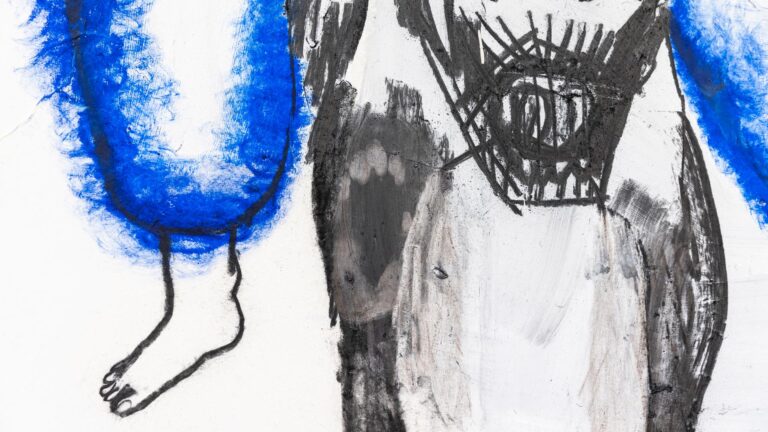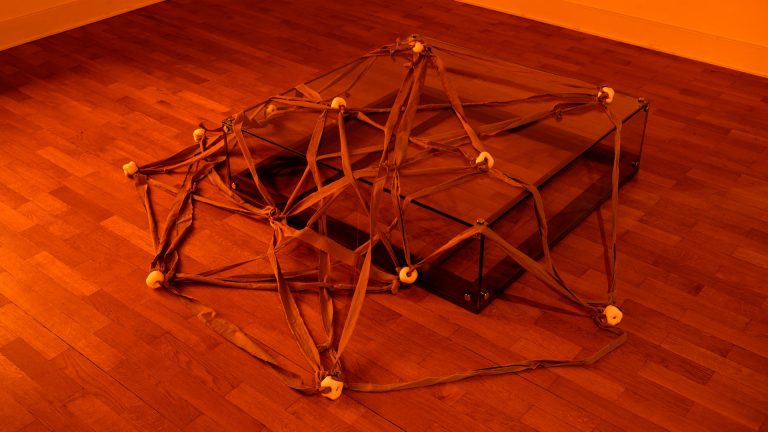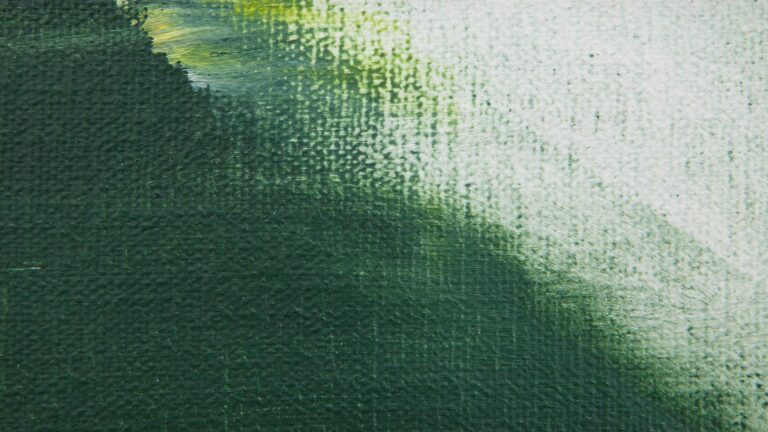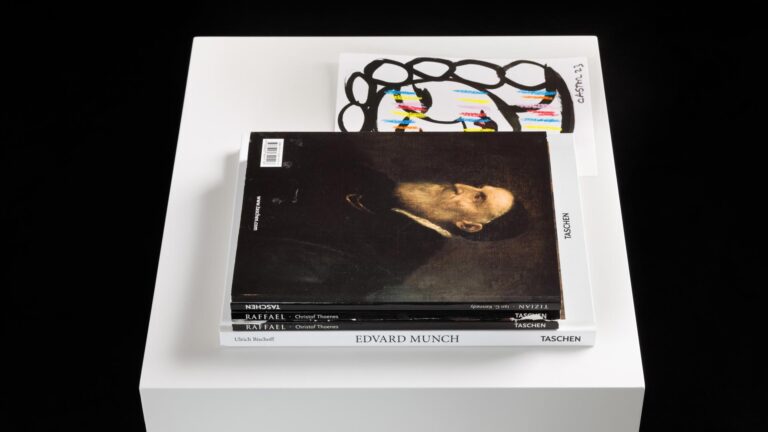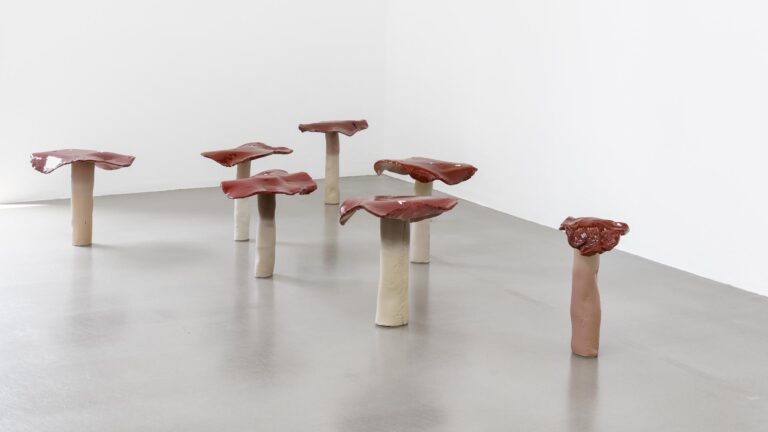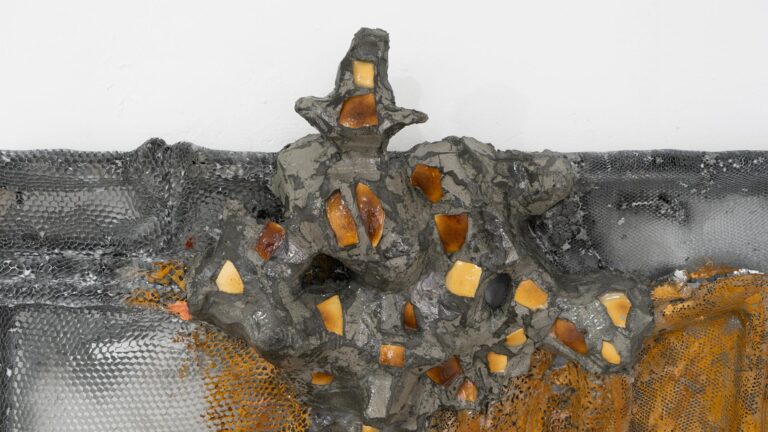In his solo exhibition “No One Has Ever Called Their Child Hunger“, Ladji Diaby draws on a trove of his own and found photographs and artifacts—and their stories and a ributes—to develop intimate mythologies. Embarking on a quest in which questions of class and race are pivotal, Diaby seeks and creates internal connections between images and objects from his immediate surroundings. As part of this, Diaby has developed photo transfer processes in which he transposes motifs onto a variety of image and material backgrounds, sometimes reworking them gesturally. Diaby thus integrates photographs, memes, gaming, video, and lm stills of hidden obsessions and (fallen) idols into his very own personal cosmos. The result is an expansive fan ction, where Diaby ghts existing determinism and reveals a particular sensitivity for aspects of everyday life and subcultures. The domestic environment—the place where all these disparate images circulate—is in turn portrayed through photography or rendered visible by means of modi ed interiors. This conveys a sense of familial intimacy, rituals, and beliefs, but also a uniquely “photographic view” of the surroundings, in which the distinction between a bed made of mahogany wood and a mock-mahogany bed not only explores the relationship between the object and its representation, but also the cultural context of its discussion. The exhibition “No One Has Ever Called Their Child Hunger“ is realized with the support of the artist Cleopatra Mendes Gonçalves and accompanied by a text wri en by the curator and researcher Cynthia Igbokwe.
Ladji Diaby (b. 2000 in Saint-Denis/Paris, FR) lives and works in Paris. Following group exhibitions at Crèvecœur, Paris (2024); Forde, Geneva; FRAC Corsica, Corsica; Sammlung Braunsfelder, Cologne (all 2023); and the Centre Pompidou (2022), “No One Has Ever Called Their Child Hunger“ is the artist’s rst solo exhibition. Another solo exhibition will be held at Schiefe Zähne, Berlin, in 2025.
“No One Has Ever Called Their Child Hunger“ is generously supported by the Alexander Tutsek-Sti ung, the Institut français/Bureau des arts plastiques, and the Department of Culture of the City of Nuremberg.






















